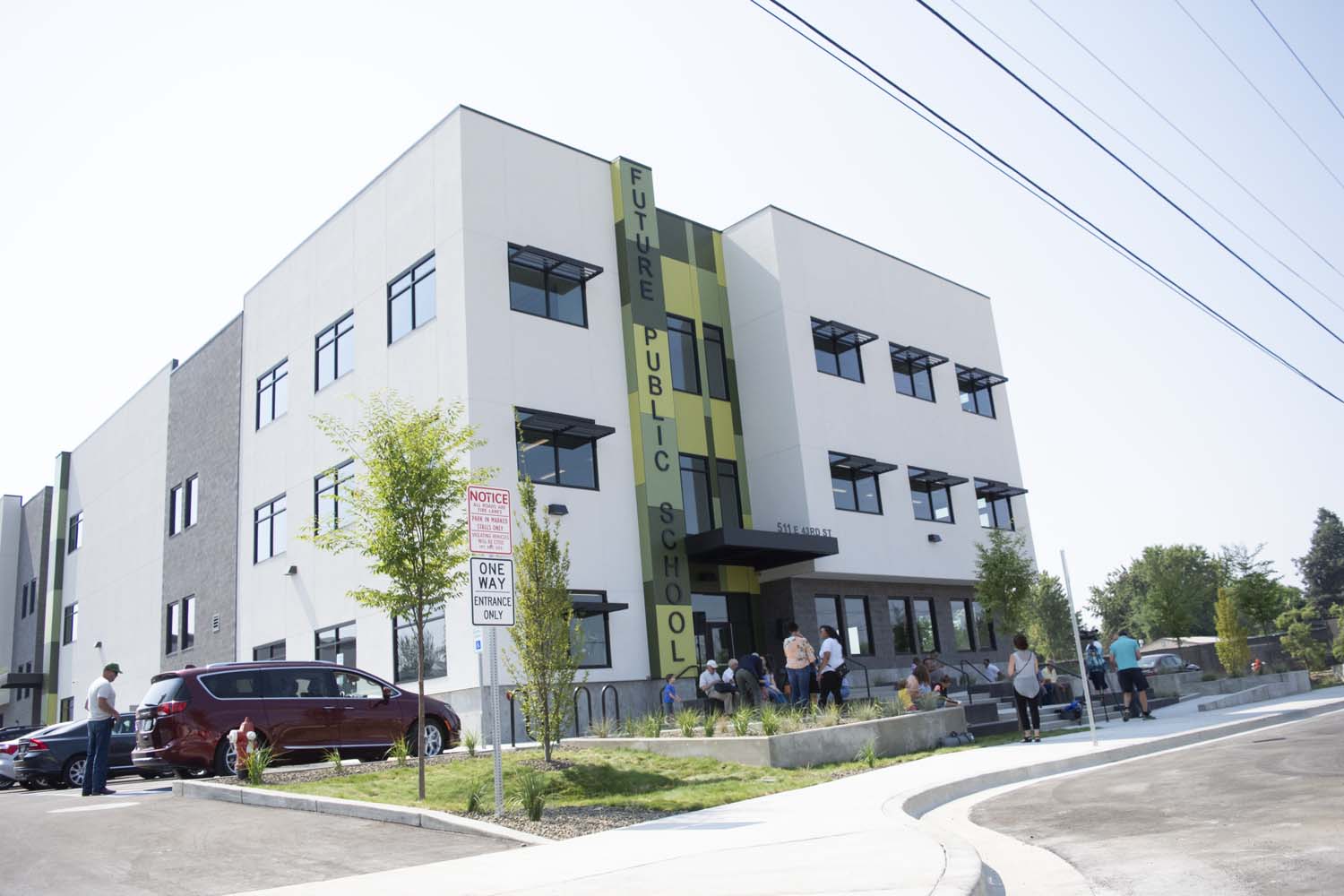
The ABCs of Idaho Education Building Funding
by Sharon Fisher, Idaho Business Review
Constructing education buildings can be challenging enough, but funding them in Idaho can be even more difficult. While there are several methods districts can consider, none of them is particularly easy.
Impact fees
It might seem logical to have a developer contribute to the cost of constructing a new public school building. After all, if the developer is bringing new families to the area and profiting in the process, doesn’t that make sense? And it’s true that in a number of other municipal areas, such as roads, parks and public safety, communities are allowed to charge impact fees to developers to help fund future expansion.
But not schools. At least, not in Idaho, though some other states charge impact fees for schools.
Idaho’s impact fee law was enacted in 1992, according to the Idaho Legislature’s website, and the reason schools were left out of it in the first place is lost to the mists of time. While efforts have been made to add schools to the impact fee law, most recently in 2006 in response to an interim committee on property taxes, school impact fees didn’t make the cut. No significant efforts have been made to add them since.
“In general, the resistance to adding schools to impact fee statue was the thought that schools — on the surface anyway, setting realities of securing the votes aside — can run emergency levies, supplemental levies, plant levies and bonds,” said former Sen. Shawn Keough, R-Sandpoint, who was one of the sponsors of the 2006 bill and who retired in 2018 as Senate co-chair of the Joint Finance-Appropriations Committee. “In short, the thinking was that schools had tools to be used to address growth and didn’t need more.”
There was also the usual objection to adding any new taxing or fee authority, she added.
Read the full article here, which covers bonds, plant facilities levies, charter school facilities, and much more.
–



